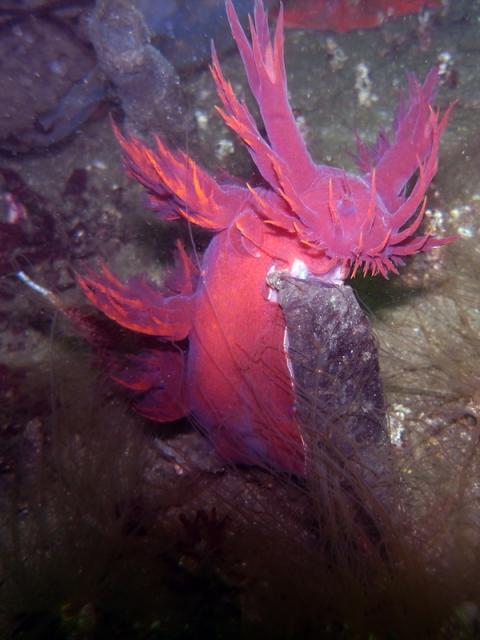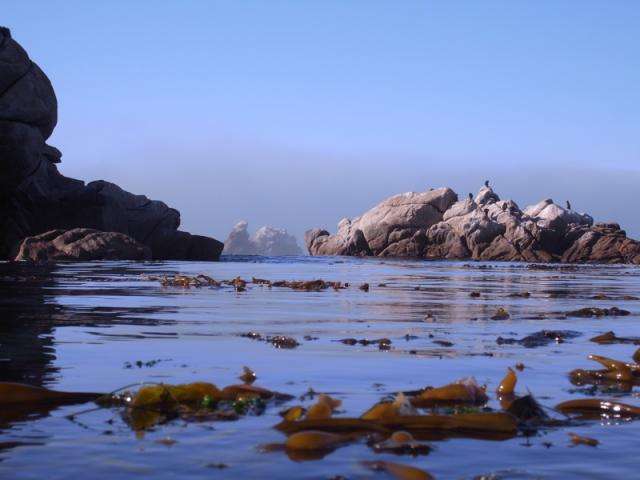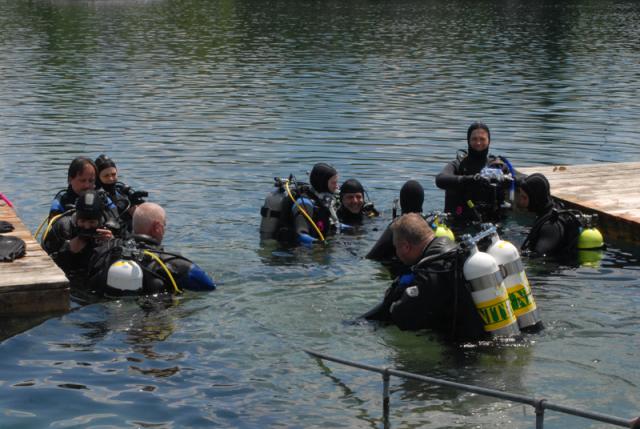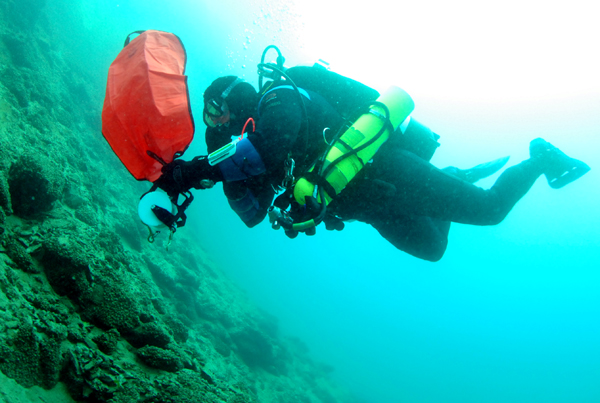Too often, I’ve had some fantastic diving experiences but can only share them with words. California is one of those experiences. I have sworn to myself that I will never again dive without a camera.
Here on the east coast our shore is composed of white sandy beaches. Great for sunbathers, but not much to look at for divers. Other hinchables juegos coasts have rocky shores. On rocky shores, fish have places to hide, plants have places to take root.
The west coast enjoys these rocky shores. Kelp anchors to the seabed, and a variety of sea life thrives in it’s shelter. While east coast diving is all about shipwrecks, west coast divers can simply drop in the water and enjoy diving the kelp beds.
Last week I had another opportunity to dive California’s underwater forests. On my first trip to CA, my 35 mm film camera failed me, and I came home with only memories. My last trip, I was involved in some intensive training, and did not bring the camera. This time, I was taking pictures one way or another.
The reason for the trip revolved around training, again. This time I was working on an instructor cert on the new KISS GEM pSCR. After diving the unit for many weeks in our local quarry, I felt comfortable in it’s operation. Now I had to teach others. My IT set up the class that involved system operation, buildup, pool and open water. The first portions went quickly, and we were soon discussing open water.
In the Monterey area, there are many options for open water dives. After a few discussions, the decision was on Point Lobos, a small peninsula south of Carmel. The area is mostly state park with some fantastic vistas. Shore entry is in a small lagoon with a facility for divers. Upon arrival we were greeted by local divers, and quickly discussed conditions prior to their second dive. Our entry was uneventful, and we were soon swimming through the kelp beds. There is no comparable feeling in Northeast diving.
The next day Alan borrowed a friends boat, and we headed to the Monterey marina breakwater. I’m sure there are better placed to dive, but on my last visit we saw many Rainbow Nudibranchs close to the breakwater. We have no such creatures here in the Northeast, so I expressed my fascination, and desire for a picture.
While preparing the boat and gearing up, we observed a number of large red jellyfish floating near the surface. I gathered as many photos as I could on the surface, and anticipated seeing them in the water. After a quick boat trip and back roll entry, we headed down to find the anchor a few inches from a line Alan placed a few years earlier. Over on the breakwater we heard the Sea Lions barking above us and the shrimp crackling in the rocks. Between drills and sea lion fly byes, Alan helped me snap a few shots of the abundant flora and fauna.
After the class, I spent my preflight surface interval photographing the topside environment. Seals, sea lions, pelicans, … all posing for the tourist. It was a great trip with lots of things to learn. If you ever have the opportunity to visit, I highly recommend getting wet.



